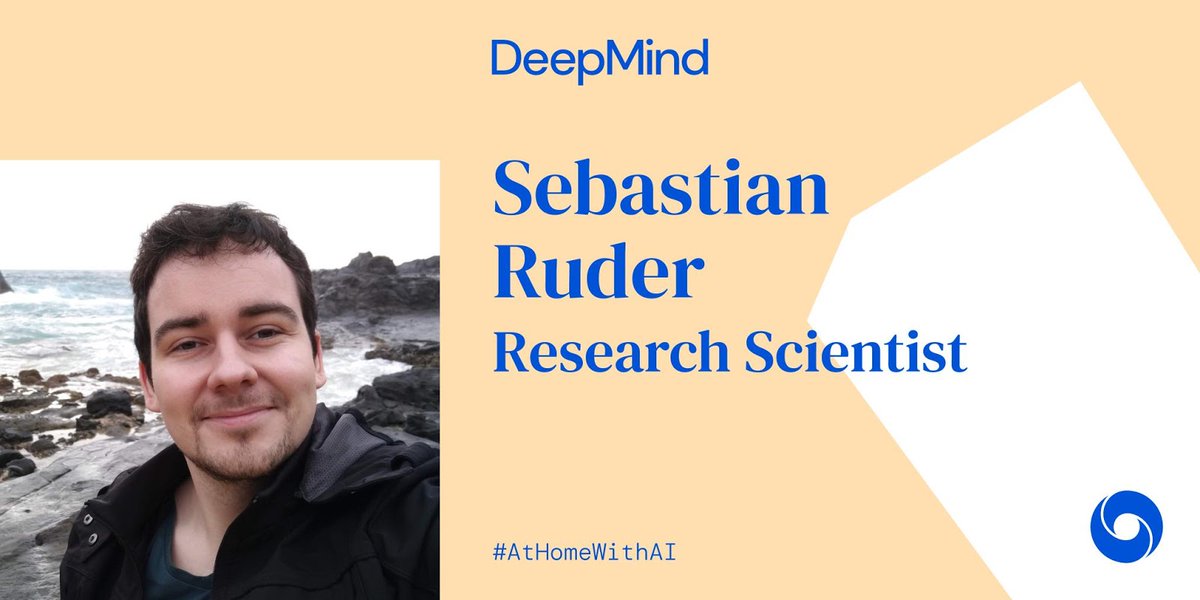
Many models bake in domain knowledge to control how input data is processed. This means models must be redesigned to handle new types of data.
Introducing the Perceiver, an architecture that works on many kinds of data - in some cases all at once: dpmd.ai/perceiver (1/)
Introducing the Perceiver, an architecture that works on many kinds of data - in some cases all at once: dpmd.ai/perceiver (1/)

Like Transformers, Perceivers process inputs using attention. But unlike Transformers, they first map inputs to a small latent space where processing is cheap & doesn’t depend on the input size. This allows us to build deep networks even when using large inputs like images. (2/) 

Perceivers can learn a different attention pattern for each type of data (shown for images and video), making it easy for them to adapt to new data and unexplored problems where researchers may not know what kinds of patterns they should be looking for. (3/)
See the paper for details and results.
Work by @drew_jaegle, @FelixAxelGimeno, @ajmooch, @OriolVinyalsML, Andrew Zisserman, & @joaocarreira.
To be presented at #ICML2021 (4/4)
Work by @drew_jaegle, @FelixAxelGimeno, @ajmooch, @OriolVinyalsML, Andrew Zisserman, & @joaocarreira.
To be presented at #ICML2021 (4/4)
• • •
Missing some Tweet in this thread? You can try to
force a refresh











